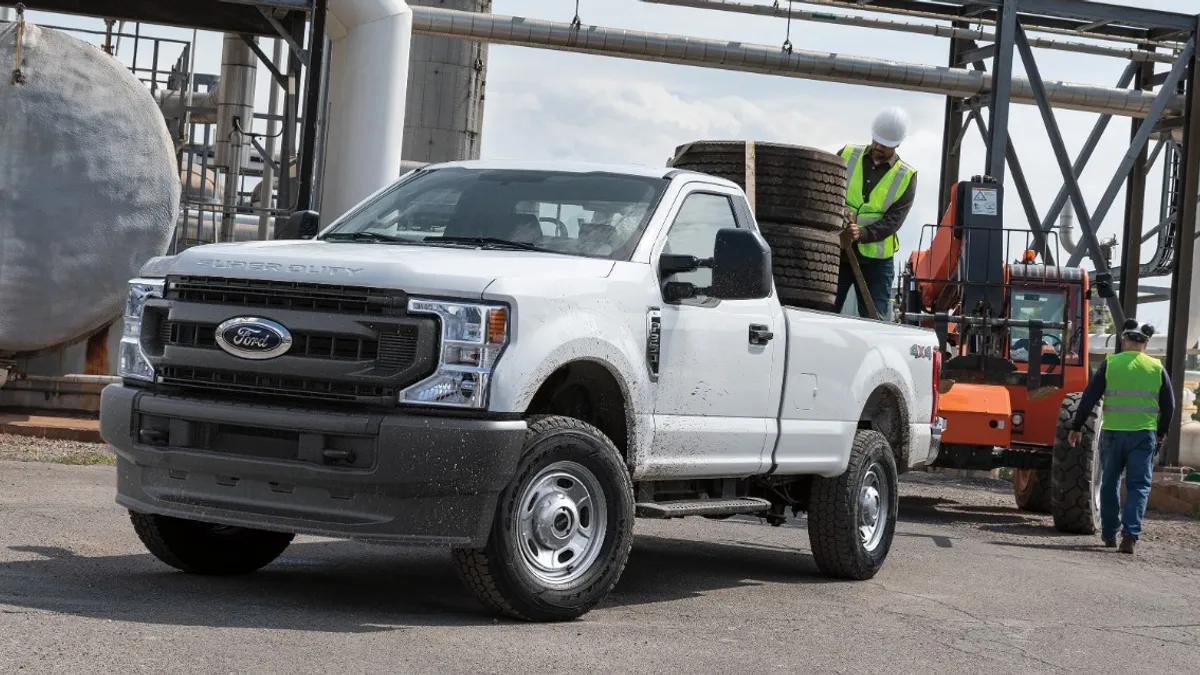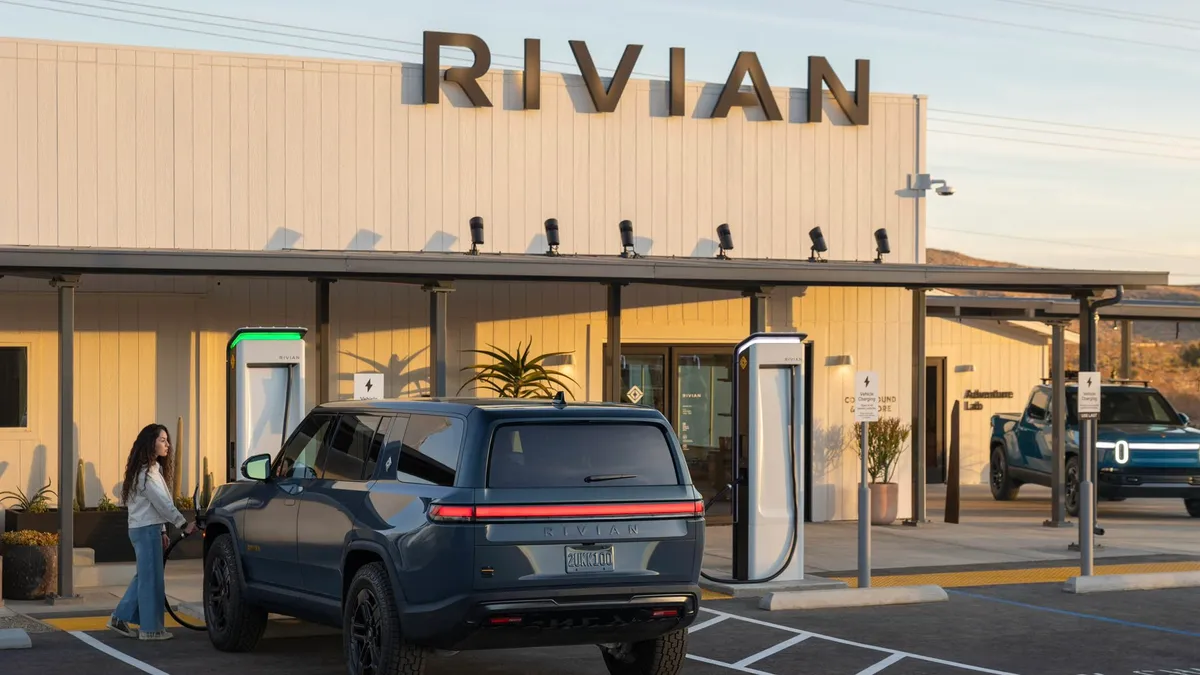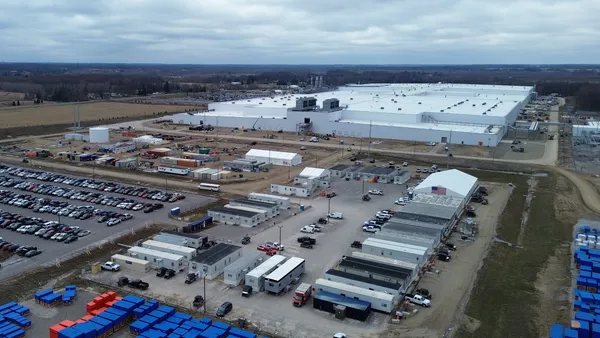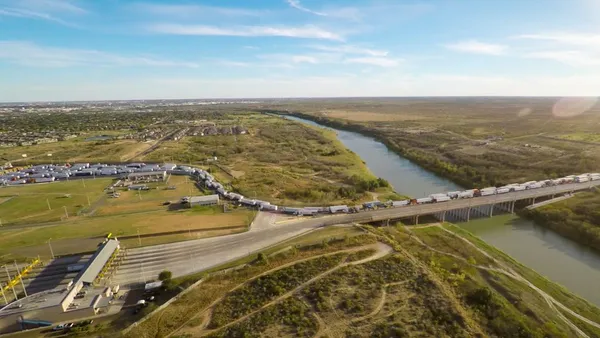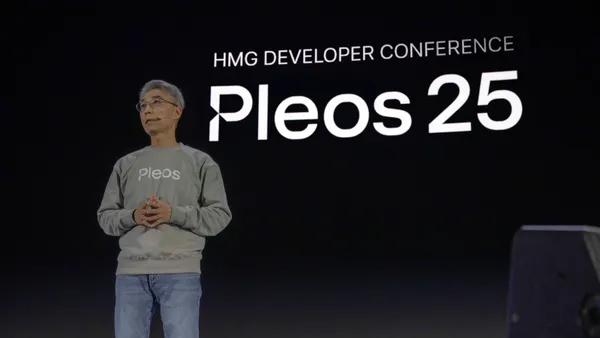Dive Brief:
- Tesla’s profit swelled to nearly $5 billion in Q3, a 20% year-over-year increase, according to the company’s shareholder deck released Wednesday.
- The electric vehicle maker attributed growth to several factors, including higher Full Self-Driving revenue for releases related to its Cybertruck model and Actually Smart Summon in North America.
- CEO Elon Musk said the company has made dramatic improvements with FSD this year, noting he expects the software to be “safer than a human” by Q2 2025.
Dive Insight:
FSD contributed $326 million to the company’s Q3 revenues, CFO Vaibhav Taneja said during the company’s earnings call Wednesday. FSD is an optional feature for Tesla vehicles that costs an additional $8,000.
In addition to Actually Smart Summon — which enables vehicles to drive directly to their owners in parking lots — Tesla released the 12.5 series of FSD in Q3. The company said the latest version of the software offers “increased data and training compute, a 5X increase in parameter count and other architectural choices that we plan to continue scaling in Q4,” according to its shareholder deck.
As of Q3, Telsa reports that customers have driven more than 2 billion miles using FSD, with over half of those miles driven on version 12 of the software.
Musk said rapid advancements with FSD have made it challenging to find flaws in the technology, calling the time it takes to find mistakes one of the biggest limiting factors in its development.
“You start getting to where it can take 10,000 miles to find a mistake,” he said.
Tesla is also progressing with its strategy for fully autonomous vehicles, unveiling its plans for the Cybercab and Robovan earlier this month. However, Musk said people won’t have to wait for the robotaxis to experience full autonomy.
“We expect to achieve that next year with our existing vehicle lineup,” he said, adding that Texas and California are expected to be the first states to grant regulatory approval.





